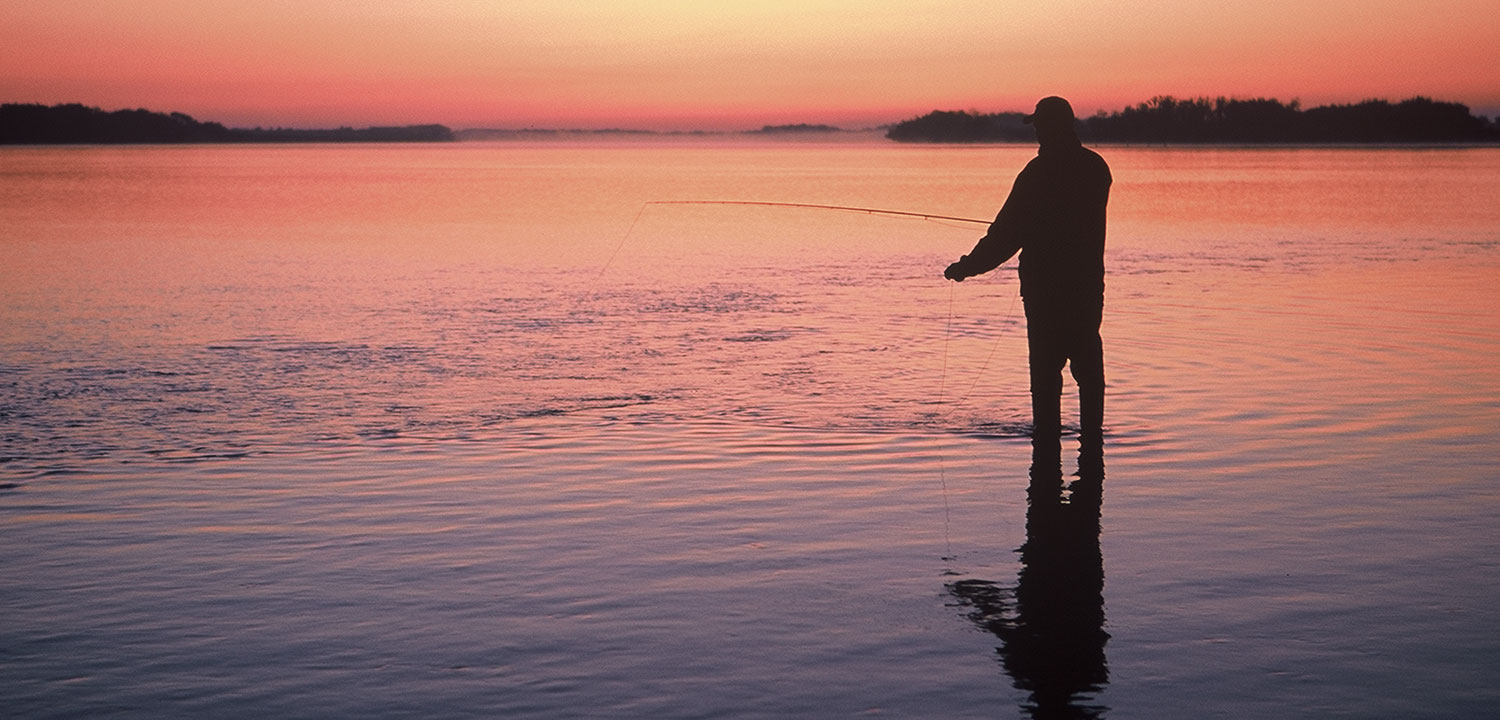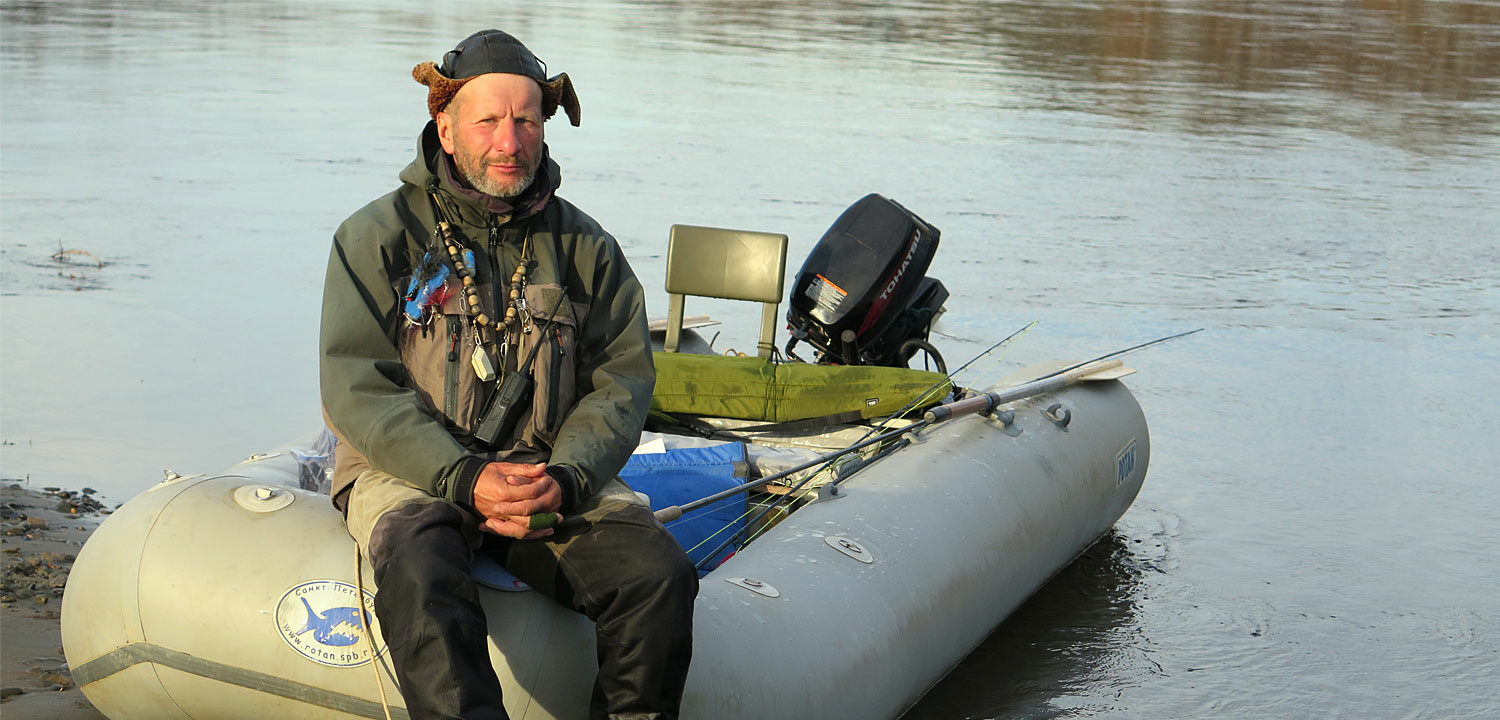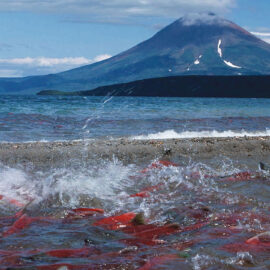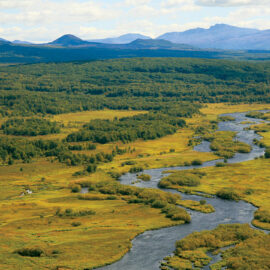As part of our 25th anniversary this year, we are profiling some of our most important partners around the Pacific — our ultimate allies.
Mikhail Skopets is an adventurous fisheries biologist with over 30 years’ field experience in Russia. He spends roughly half his time traveling in the field and the other half in the city of Khabarovsk on the Amur River. His relationship with Wild Salmon Center began in 1994, early in the organization’s inception. One of his most valuable contributions to conservation over the years was his rapid scientific assessments of rivers in the Russian Far East, which laid the groundwork for future protected areas in the region. Since he left the Academy of Sciences in 2007, Mikhail has been working independently as a scientist and expedition/fishing guide. He is also a photographer and writer, regularly contributing to publications such as Fly Fishing Magazine and is currently working on a new book: “Fly Fishing Russia. The Far East“.
What was your first contact with Guido Rahr and the Wild Salmon Center?
My work with WSC began in 1994 but my first contact with Guido was actually the year before in 1993. I helped outfit his first expedition to the Russian Far East. He had heard rumors of 60 kilo Chinook caught by commercial fisherman on the Bolshaya River on Kamchatka and that got his attention. Back then, the only access to the Kamchatka Peninsula was through Magadan on the Russian Far East mainland. We spent a week in Magadan before leaving for Kamchatka and our 10 day float trip on a tributary of the Bolshaya.
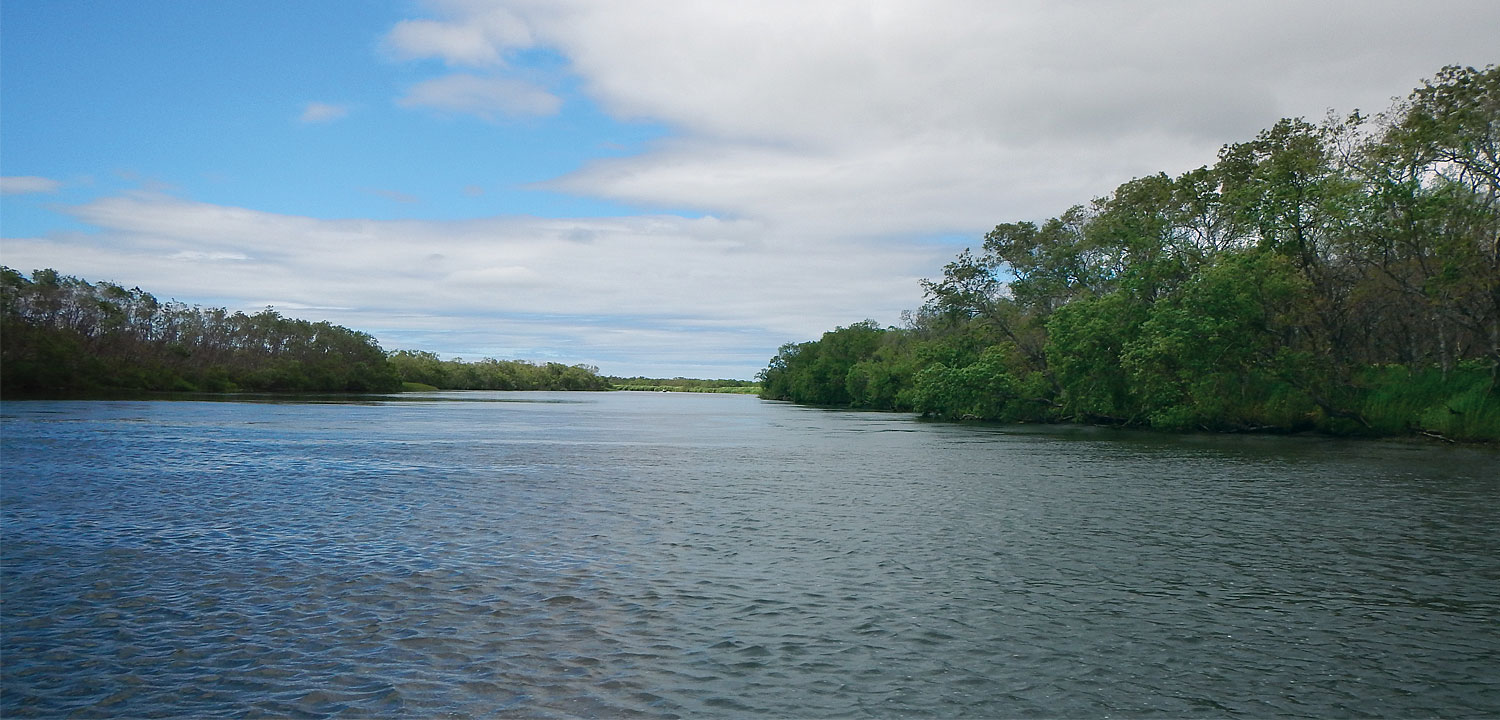
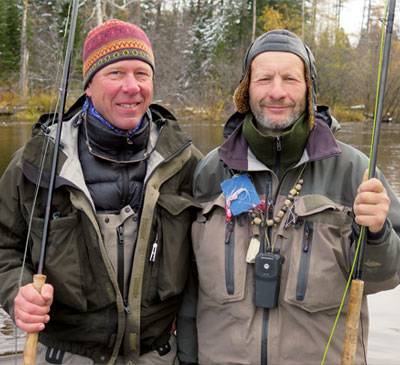
I remember Guido being very enthusiastic, friendly, and always putting safety first, especially when there were others involved that he felt responsible for. He would double and triple check all the gear. This is a concept that is somewhat foreign to Russians. Not safety in itself, but the fear of danger, death. In Russia, we expect that life and all that we hold dear could be taken away at any moment.
Unfortunately, he encountered no 60 kilo Chinook, but he most likely had the honor of the first Chinook on the Bolshaya caught by a fly. And he went on to catch one of all six Pacific salmon found in the region, even the cherry/masu, which was a first for Guido and likely a first for any US flyfisherman.
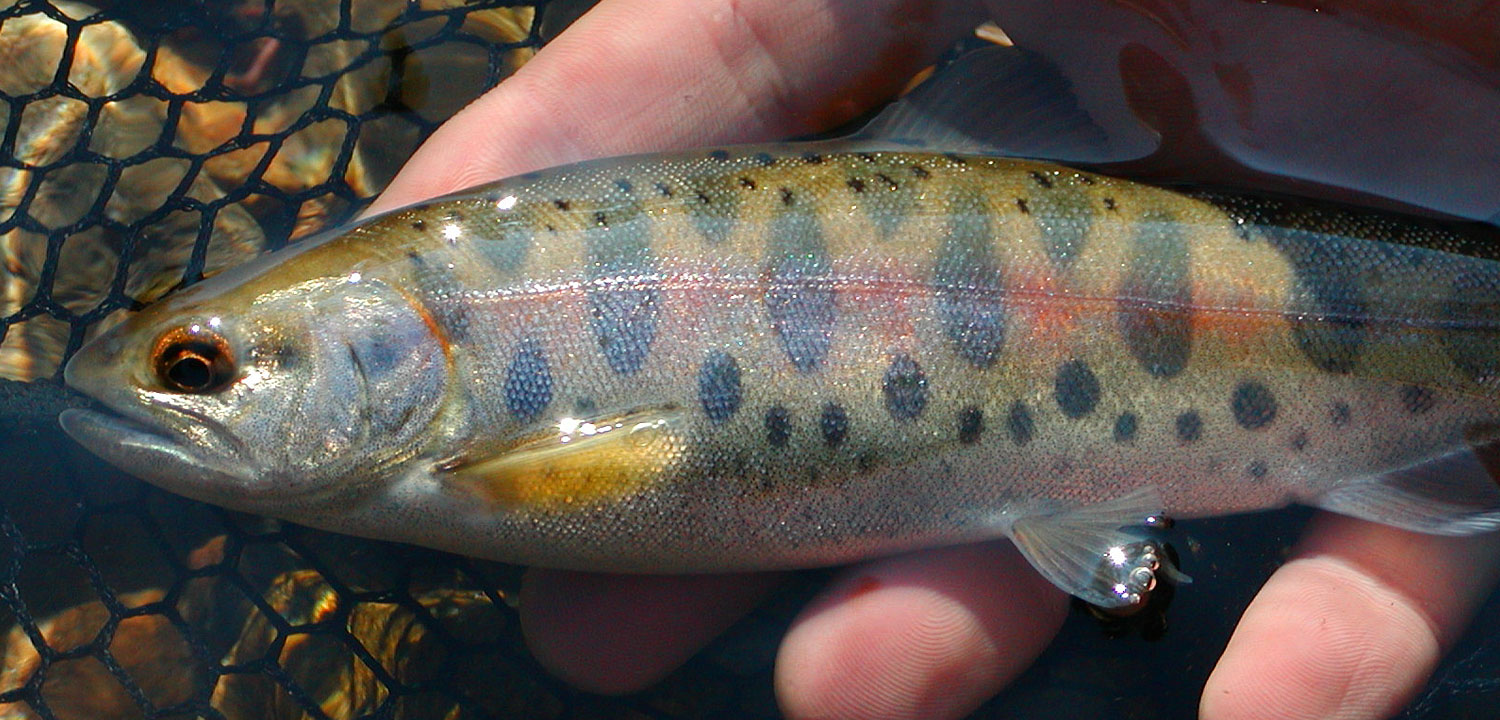
Tell us about your work with the Kamchatka Steelhead Project.
In addition to working as a scientist, I have worked as a guide and a translator for many years in Russia and in Europe. This is how I got connected to Wild Salmon Center and its founder Pete Soverell. He brought over a small group of flyfishermen in ’94 and needed additional assistance. I was working with The Russian Academy of Sciences at the time and had been working on steelhead research since 1983/84.
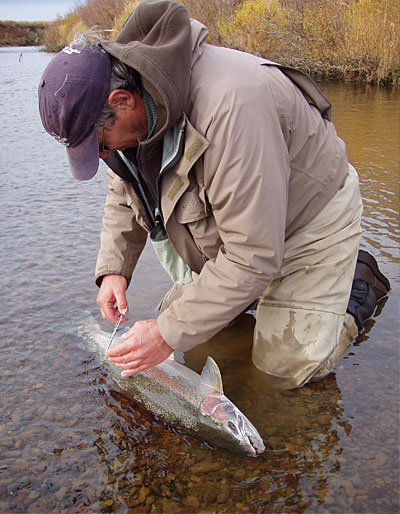
The Kamchatka Steelhead Project was a collaboration with Wild Salmon Center, Moscow State University, and anglers coming over to Russia. I used my expertise as well as my field knowledge to help train teams of fisherman in taking and recording samples. Our first trip was to the Kvachina River and I understand that Soverell still returns to this favorite spot year after year.
I continued to work with The Kamchatka Steelhead Project through 1998. The sponsors focused on steelhead but I was able to collect samples of char and other species as well.
From 2000 to 2005, I worked directly for Wild Salmon Center conducting a series of “rapid assessments” of Russian rivers. They included rivers like the Tugur, Koppi, Uda, Yudoma as well as the Shantar Islands.
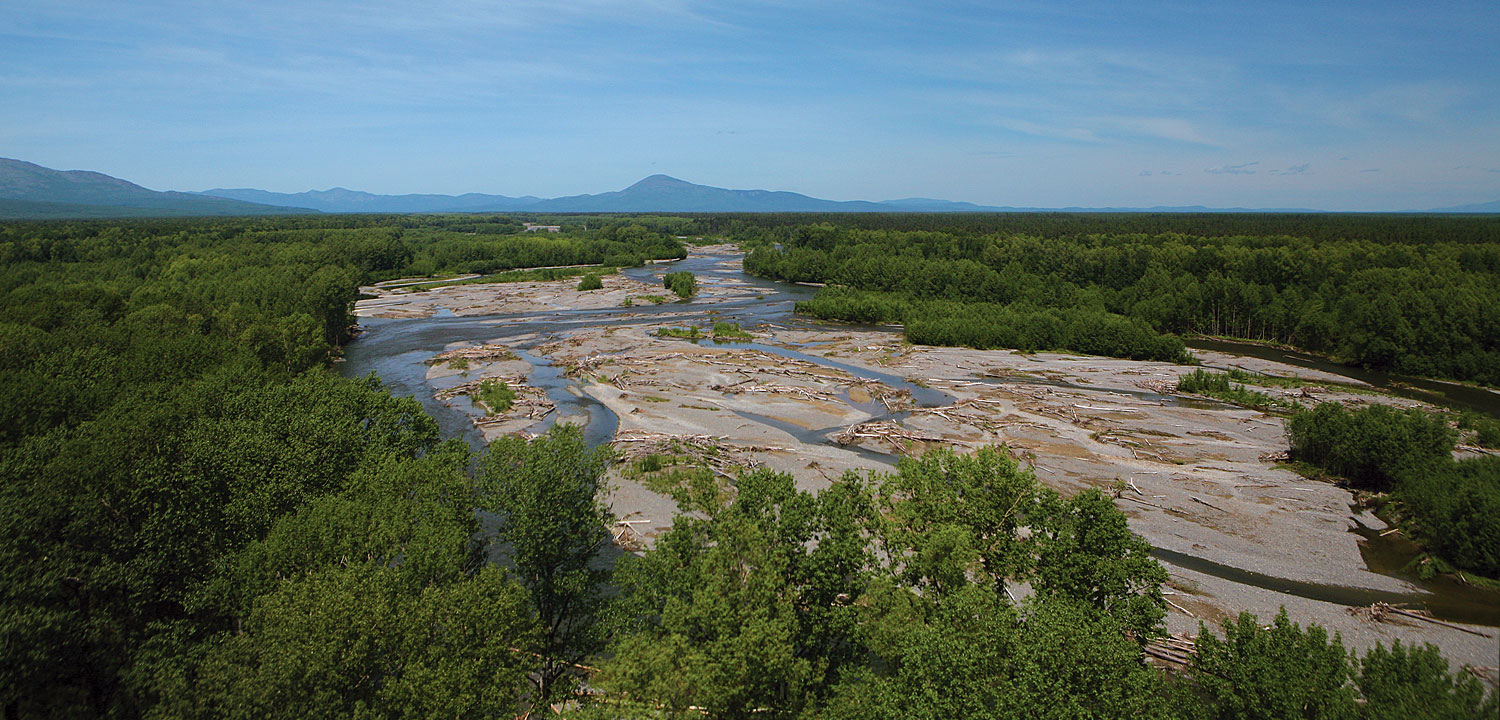
How did you come to do field work in the Russian Far East?
I first came to the Russian Far East in 1977 after I graduated. To this day it is the best decision I have ever made in my life. When I first got to Magadan I decided to explore as far north and as far east as I possibly could. I spent most of my time traveling and doing science.
Working in the lab is not my thing. I’m much better in the field, collecting samples. When I’m out in the wild, alone, I feel like a true explorer. Many times I was the first scientist to step foot in a river and assemble a list of species. Other explorers and even scientists may have come before me in some places, but they were from the Ministry of Fisheries where the focus is more on commercial harvest and not what you call pure science.
During my expeditions I was able to find four new species, two of them belonging to new genus, including one new salmonid (a char) I discovered in a meteor crater in Siberia. Catching a fish you never met before, never described by anyone, completely new ̶ there is no better thrill. Flyfisherman talk about the excitement of the catch, but for me it is the find.
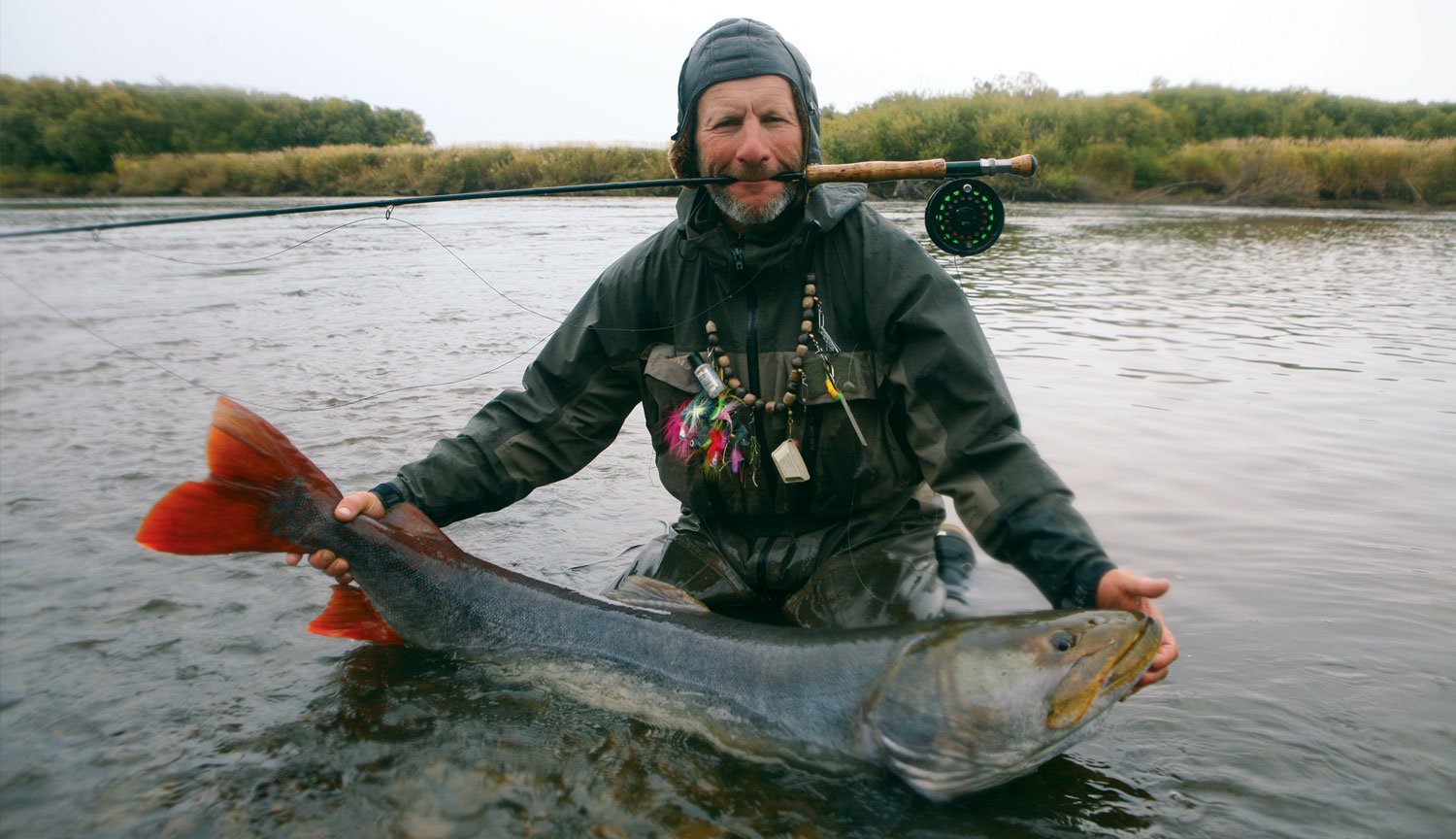
What do you see or hope for the future of wild salmon in Russia?
The Russian Far East has very little development, pollution, few dams or hatcheries. In this way we are fortunate. But salmon continue to be in danger and face the threat of decline when the economy is bad, when demand is high. This leads to things like poaching and illegal commercial harvest. Areas that are remote, far from everything and everyone have a better chance.
I believe in the stronghold approach. This is the only way to succeed. You can’t protect everything. The logic of civilization is against it. You have to choose (your battles). Focusing on the best is probably the only strategy that is viable and will have an effect.
These last few years the salmon returns have been very good. Record catches in some places. I take this as a sign that ocean conditions are very favorable as so many fingerlings return as adults. But what about when ocean conditions get worse? How will we deal with that challenge on top of all of the others?
We must continue to collaborate and work together. (Regardless of what our governments are doing,) we belong to the same civilization. The future of salmon depends on it.
What is next for you?
Conditions permitting, I hope to join Guido on another trip to the Tugur River in Khabarovsk to monitor taimen and other species this summer. And I have my book to finish!
